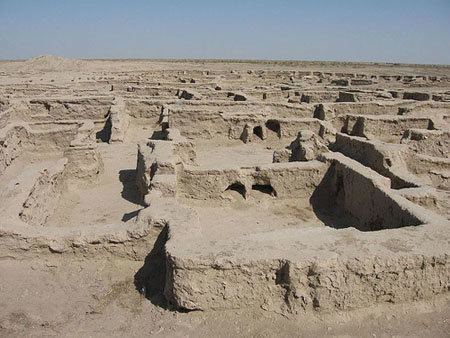Country Turkmenistan Opened 27 October 1995 Province Ahal Region | District Gökdepe District Population 21,465 (2010) | |
 | ||
Similar Kopet Dag, Türkmenbaşy Ruhy Mosque, Saparmurat Hajji Mosque, Neutrality Monument, Nisa - Turkmenistan | ||
Geok Tepe, Gökdepe or Gokdepe is a former fortress of the Turkmens, in Turkmenistan, in the oasis of Ahal, on the Transcaspian railway, 28 miles north-west of Ashgabat. Gökdepe is the Russian version of the Turkic name meaning "Blue Hill" from the Turkmen gök "blue" and depe "hill" or "summit". Today it lies along the M37 highway.
Contents
Map of Gokdepe, Turkmenistan
History
The fortress consisted of a walled enclosure 1 3⁄4 miles in circuit, the wall being 18 feet high and 20 to 30 feet thick. In December 1880 Geok Tepe was attacked by 6,000 Russians under General Mikhail Skobelev against 25,000 defenders. The siege of Geok Tepe lasted twenty-three days, after which the city was taken by storm. Although they encountered heavy resistance, the Russian forces were eventually able to break in by digging a tunnel underneath a portion of the wall, then detonating a mine underneath the wall. On January 12 (24th new style), 1881, the mine was detonated. Once the fortress was breached, the Russian troops stormed in. Several hundred defenders were killed in the initial explosion, and many more were killed in the fighting that ensued. Eventually, the defenders, along with the 40,000 civilians inside the fortress, fled across the desert, pursued by General Skobelev's cavalry. Around 8,000 Turkmen soldiers and civilians were killed during flight, along with an additional 6,500 that had died inside the fortress. Russian casualties were 398 killed and 669 wounded.
See Battle of Geok Tepe and Battle of Geok Tepe (1879).
Saparmurat Hajji Mosque was built to commemorate the defeat and is noted for its mint-turquoise blue coloured roof and white marble structure.
